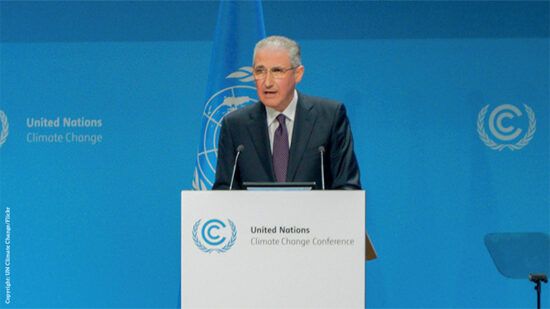Why do investment firms need to address climate change and biodiversity in their business models?
With each passing year, the risks posed by climate change become increasingly clear. The Intergovernmental Panel on Climate Change’s 2021 report (click here to read the full findings) indicated the planet is on track to exceed 1.5C within two decades.
Global biodiversity has declined notably as warming has progressed. More than half of the world’s gross domestic product – $44trn (£36.1trn) – is moderately or highly dependent on nature and its services, such as the provision of food, fibre and fuel.
Biodiversity and ecosystem service loss is already impacting on businesses as a result of transition, physical, litigation, regulatory and systemic risks, which have the potential to affect investment value in the short, medium and long term.
The unprecedented loss of biodiversity places this value at risk. This is driven by the interaction of unsustainable consumption, pollution, climate change, alien invasive species and habitat conversion for economic and social endeavours.
What have been some good examples of best practice, in terms of tackling climate change and biodiversity, in the investment industry?
As climate change has gained traction to become one of the most dominant themes within the current investment landscape, associated issues have begun to surface – including biodiversity and deforestation.
The Commitment on Eliminating Agricultural Commodity-Driven Deforestation is one example. Comprised of more than 30 leading financial institutions, with more than $8.7trn in collective assets under management, the initiative’s signatories have committed to tackle agricultural commodity-driven deforestation.
Read the full comment in ESG Clarity’s May 2022 digital magazine.








